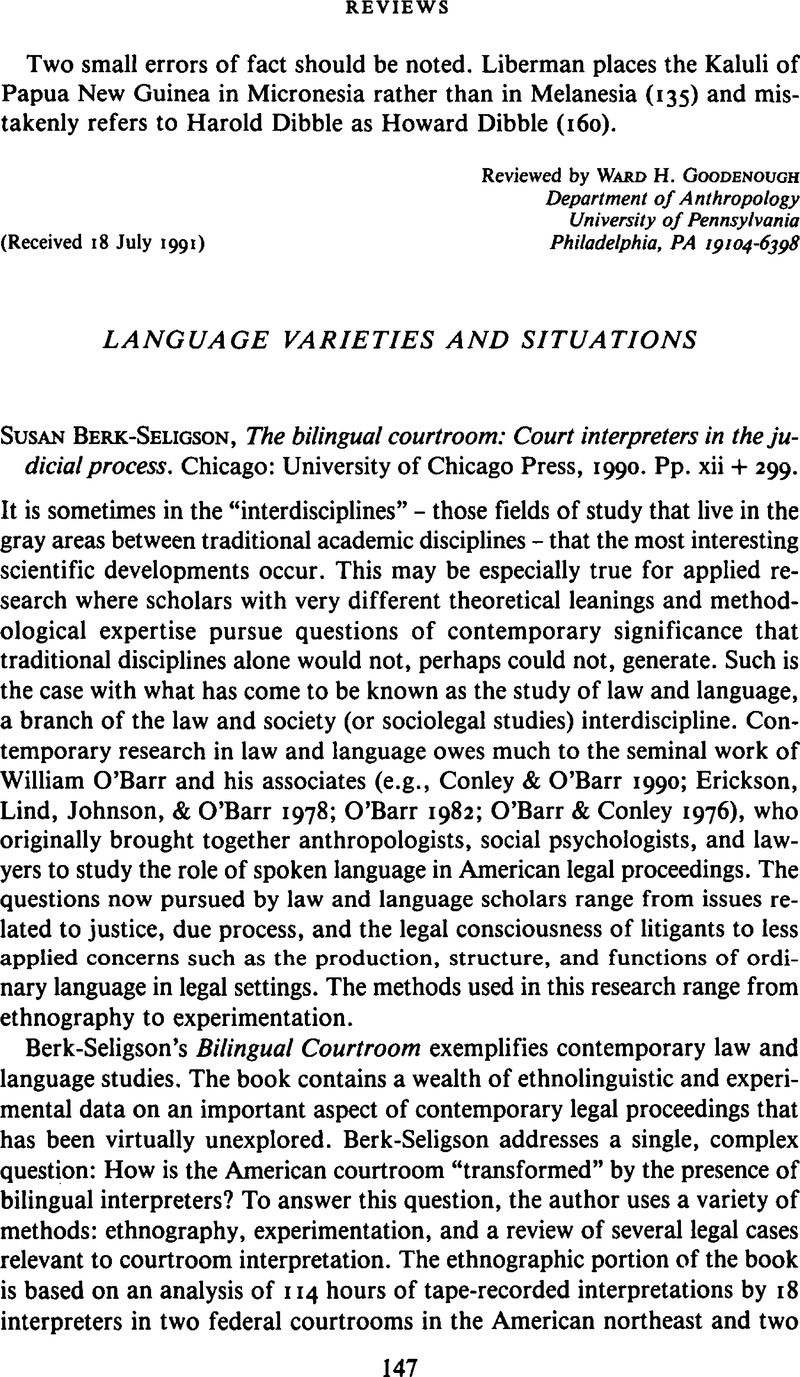Crossref Citations
This article has been cited by the following publications. This list is generated based on data provided by Crossref.
2015.
The Sign Language Interpreting Studies Reader.
Vol. 117,
Issue. ,
Englund Dimitrova, Birgitta
and
Tiselius, Elisabet
2016.
Reembedding Translation Process Research.
Vol. 128,
Issue. ,
p.
195.



